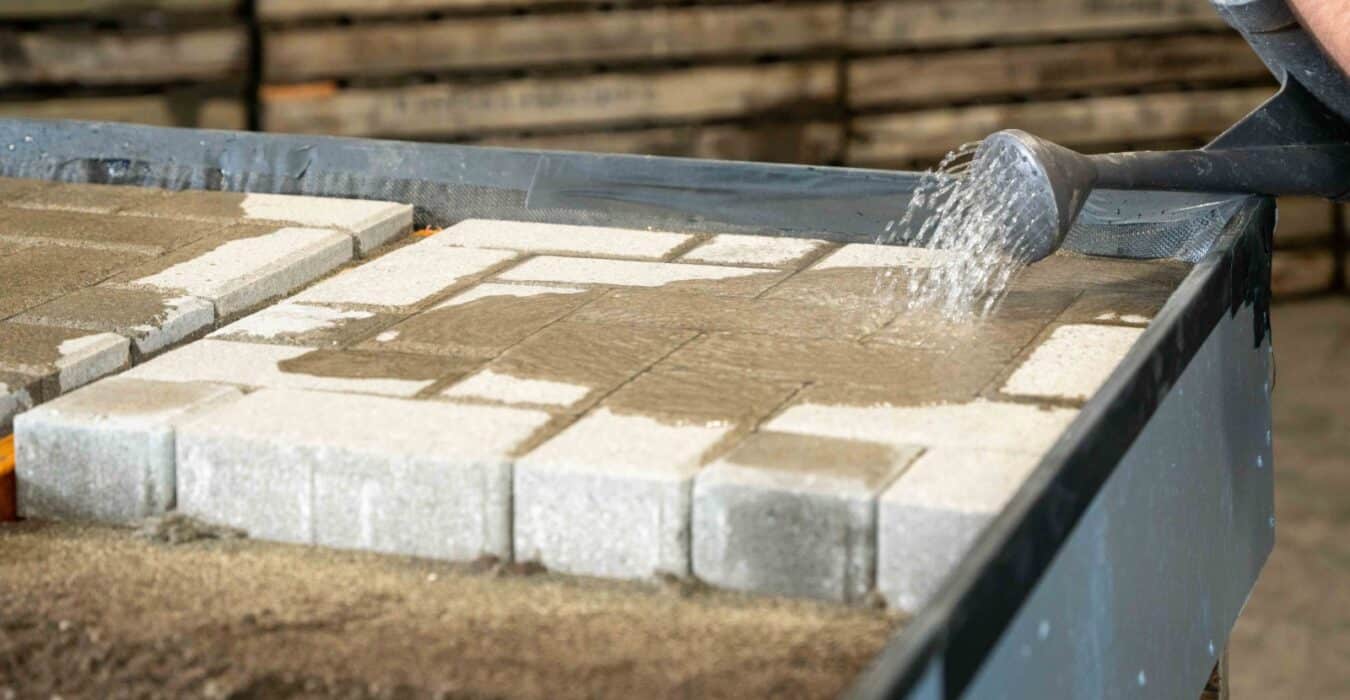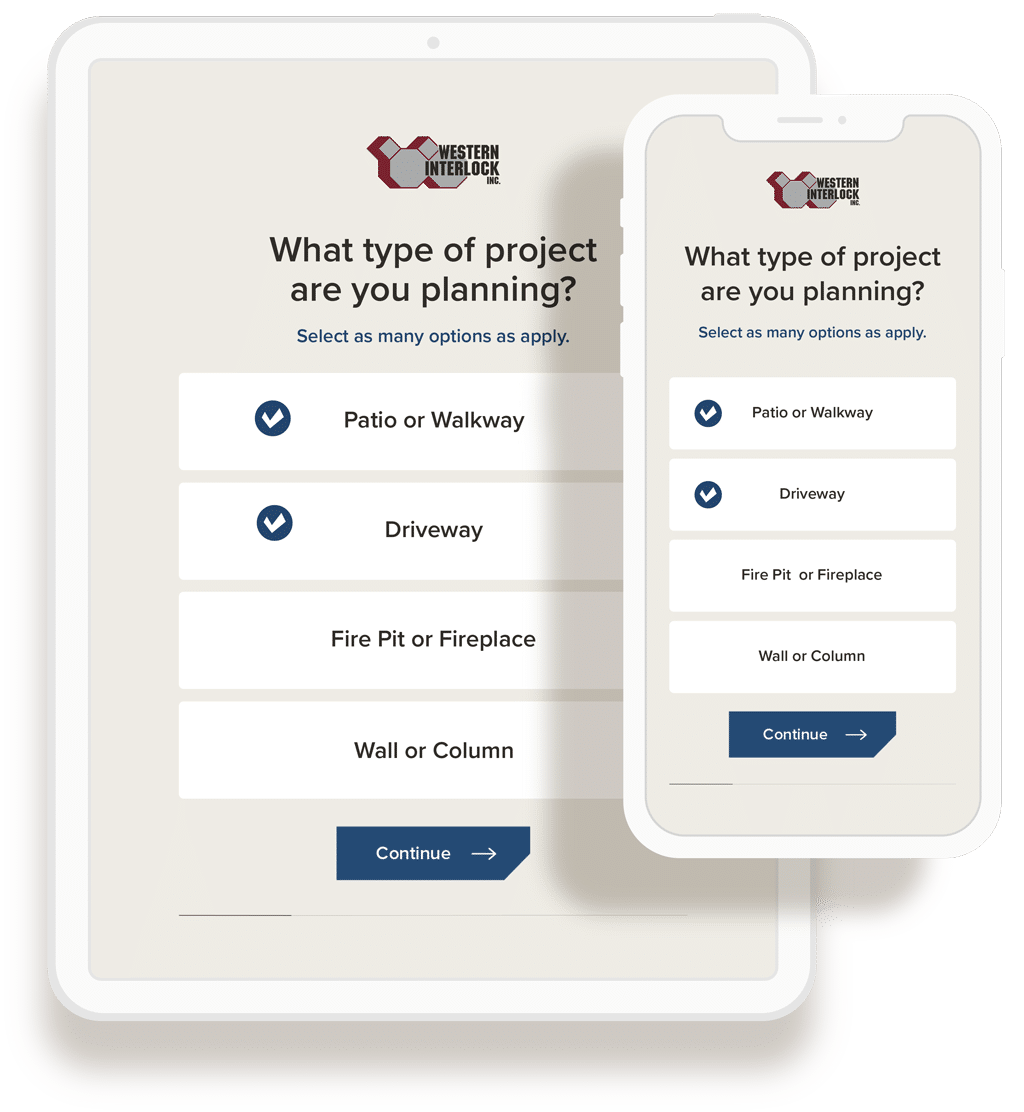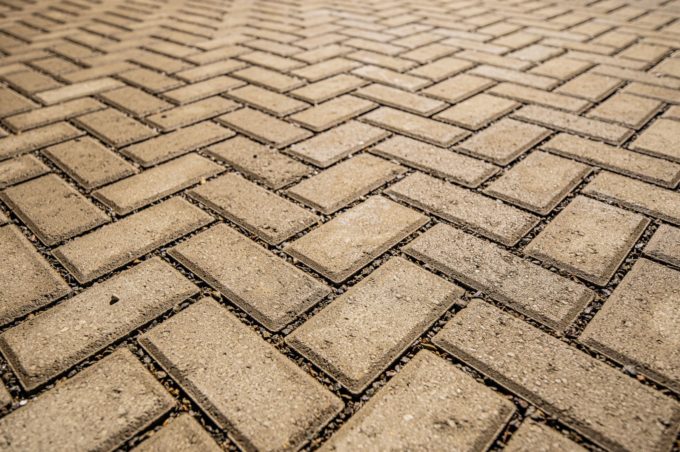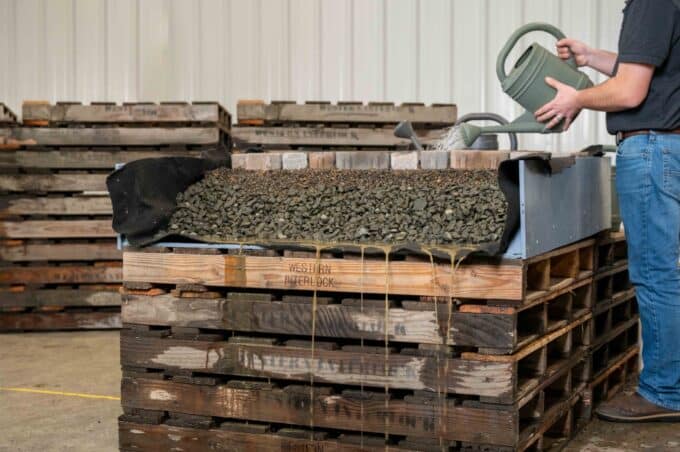Are you getting ready to install a patio, walkway, or other hardscape? If so, this blog post is for you. If you want your pavers to last a long time and maintain their stability and integrity, you must be aware of a few things you should avoid as you install them.
In this blog post, we discuss five of the most common hardscape installation mistakes related to site-prep and how you can avoid them.
1. Not enough gravel underneath the pavers
The first mistake we see frequently is little or no gravel underneath the pavement system.
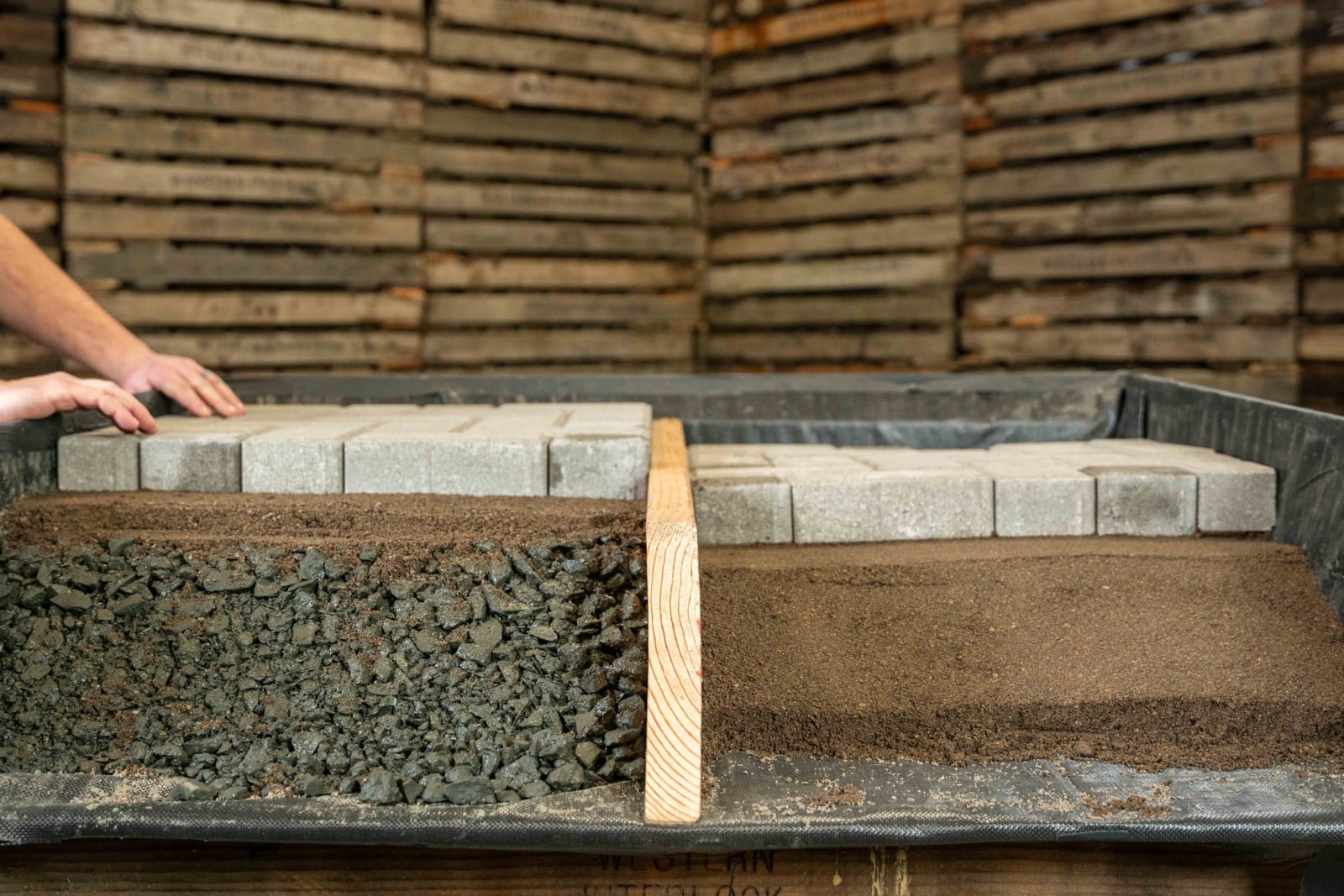
This is a common (and understandable) mistake because a lot of dirt needs to be excavated before installing even the most basic sidewalk. Digging all that dirt out can seem overwhelming and time-consuming, so DIYers often scrape the area down to dirt, lay some sand, and install the pavers.
Here is where this mistake will come back to bite you: without gravel underneath, you will have nothing to support the weight that will inevitably be applied to the top of the pavers. It is incredibly important to have that gravel so that your hardscape will stand smooth and sound over the test of time. Without gravel underneath, your pavers will shift around and even slight weight will displace them.
You can avoid this problem by simply following the recommendations for how much gravel your hardscape requires to maintain long-term stability.
2. Gravel isn’t compacted
The second common mistake is gravel that has not been compacted. If the gravel you use for a paver base is not as compact as possible, it will eventually settle and cause the pavers to be uneven.
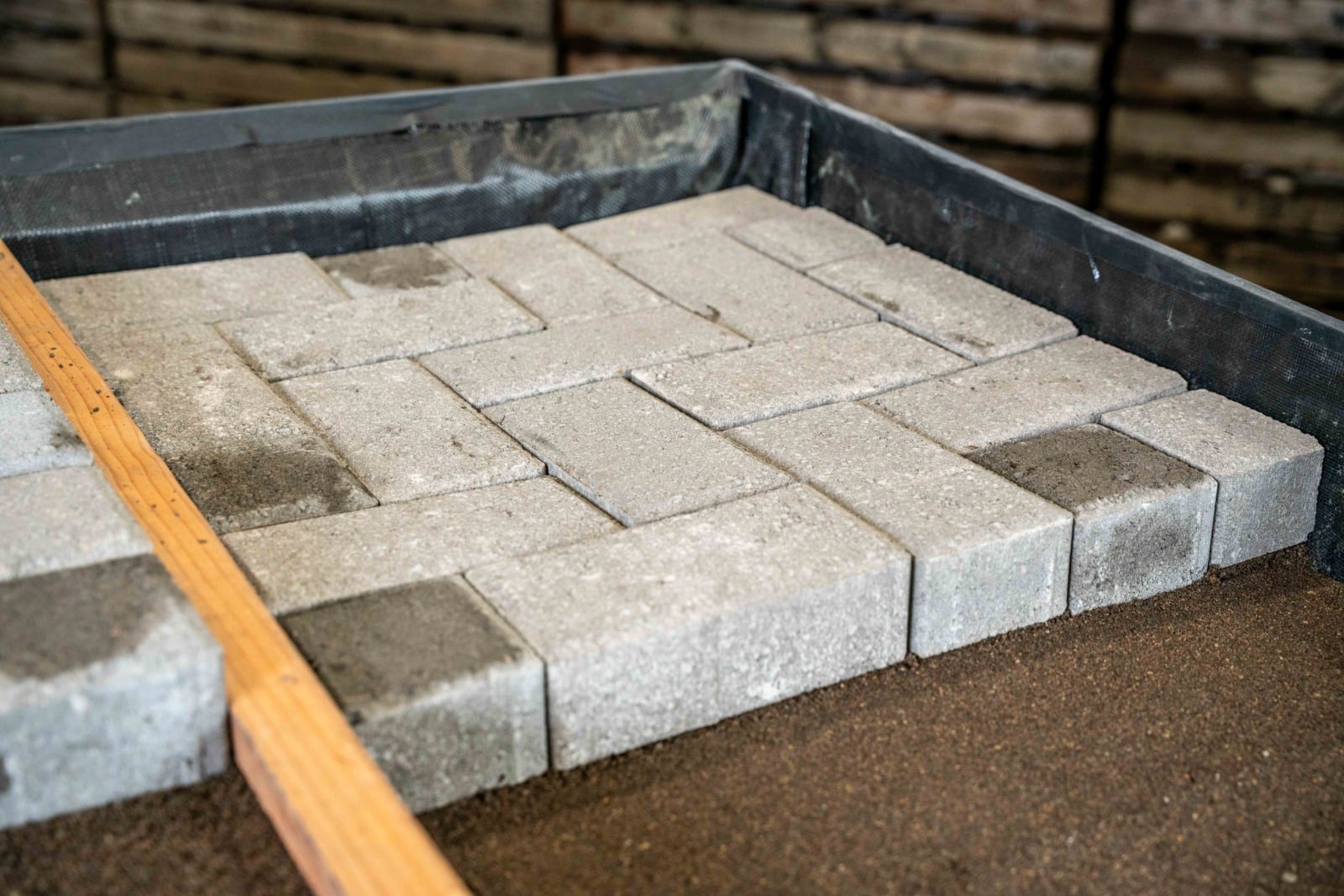
Make sure you tamp the paver bedding down as tightly as you can so there is no risk of it settling and becoming uneven in the future.
3. Lack of slope
Unless you are installing permeable pavers, you need to ensure that you have proper slope. If you do not allow for slope in your project, water will puddle up and wash out the sand in your paver joints. Water needs to run off your pavers. If you make your hardscape level, the sand in between the joints and underneath will wash out, and the pavers will eventually settle and be uneven.
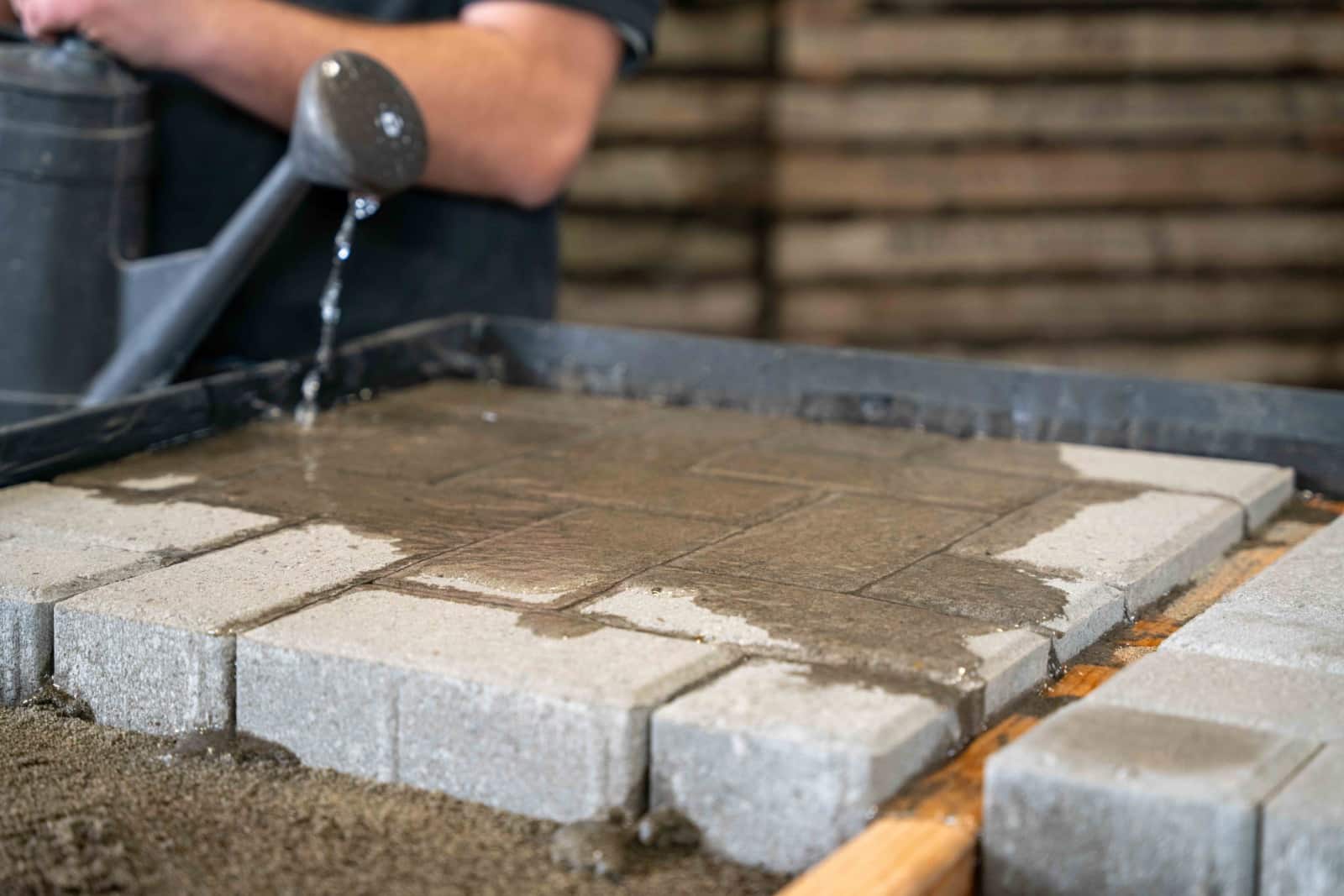
If you want your pavers to stay in one place, allow for a slight slope (around 2%) so that water can easily run off your hardscape.
4. Installing the wrong pattern of pavers
Does the pattern matter? Yes, it does—especially if you are installing a driveway or other area that will receive vehicular traffic. If you are installing a walkway or patio, the pattern is not as important.
However, if you’re installing pavers for an area that will receive vehicular traffic, it is incredibly important to avoid using the wrong paver pattern. If you install a pattern such as running bond or stack bond, where the pavers are installed in a long line going the same direction as the vehicular traffic, you will likely see shifting over time.
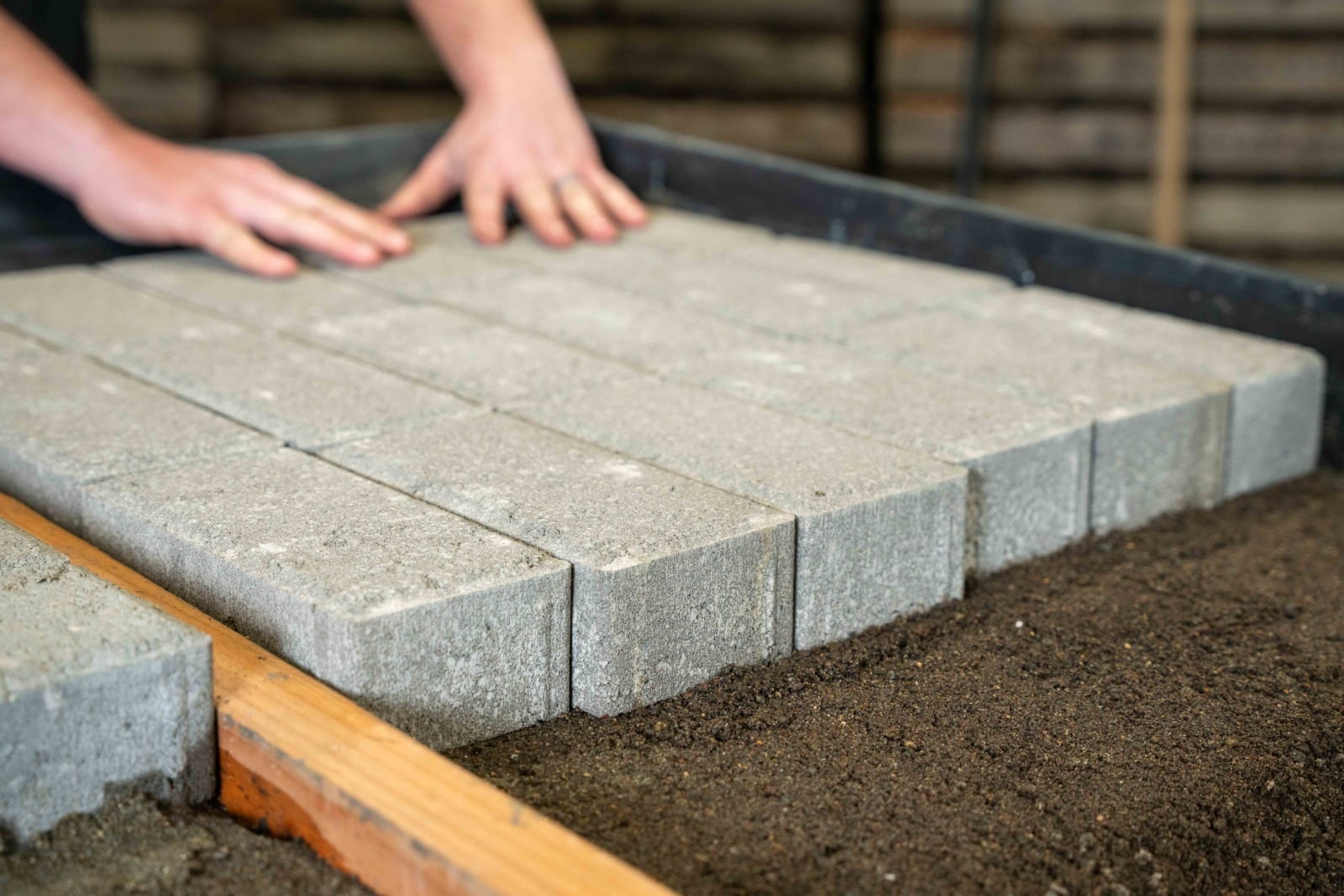
To avoid this shift, make sure to use a pattern such as herringbone where there is a lot of interlock in the pavers.
5. Not properly installing edge restraint
The fifth and final most common mistake is one of the most important. We often see edge restraint that is not installed properly. To install your edge restraint, all paver bedding should be scraped away and the plastic edge restraint nailed to the ground directly. If the edge restraint is placed on top of the bedding, it will begin to shift away, allowing your pavers to move as well.
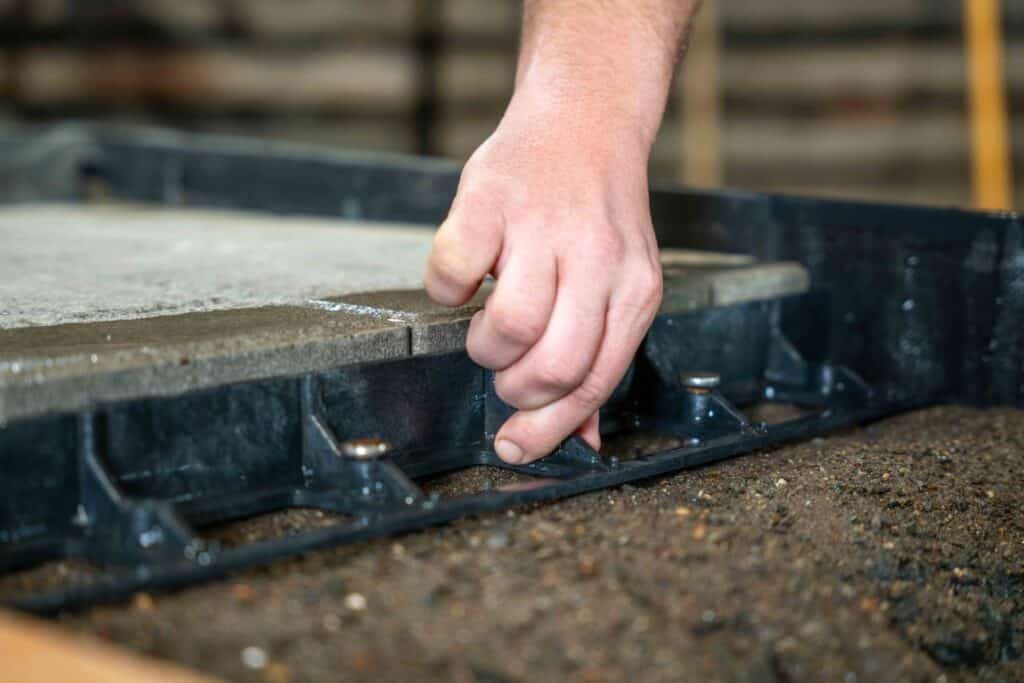
Even if you avoid making all other mistakes, failing to properly install the edge restraint can be the single factor that causes your pavers to shift.
Download our Project Planning Guide
If you’re getting ready to install pavers, make sure to download our free planning guide so you don’t have to go back and fix your paver project. Click here to download and get a step-by-step guide to your entire project.


